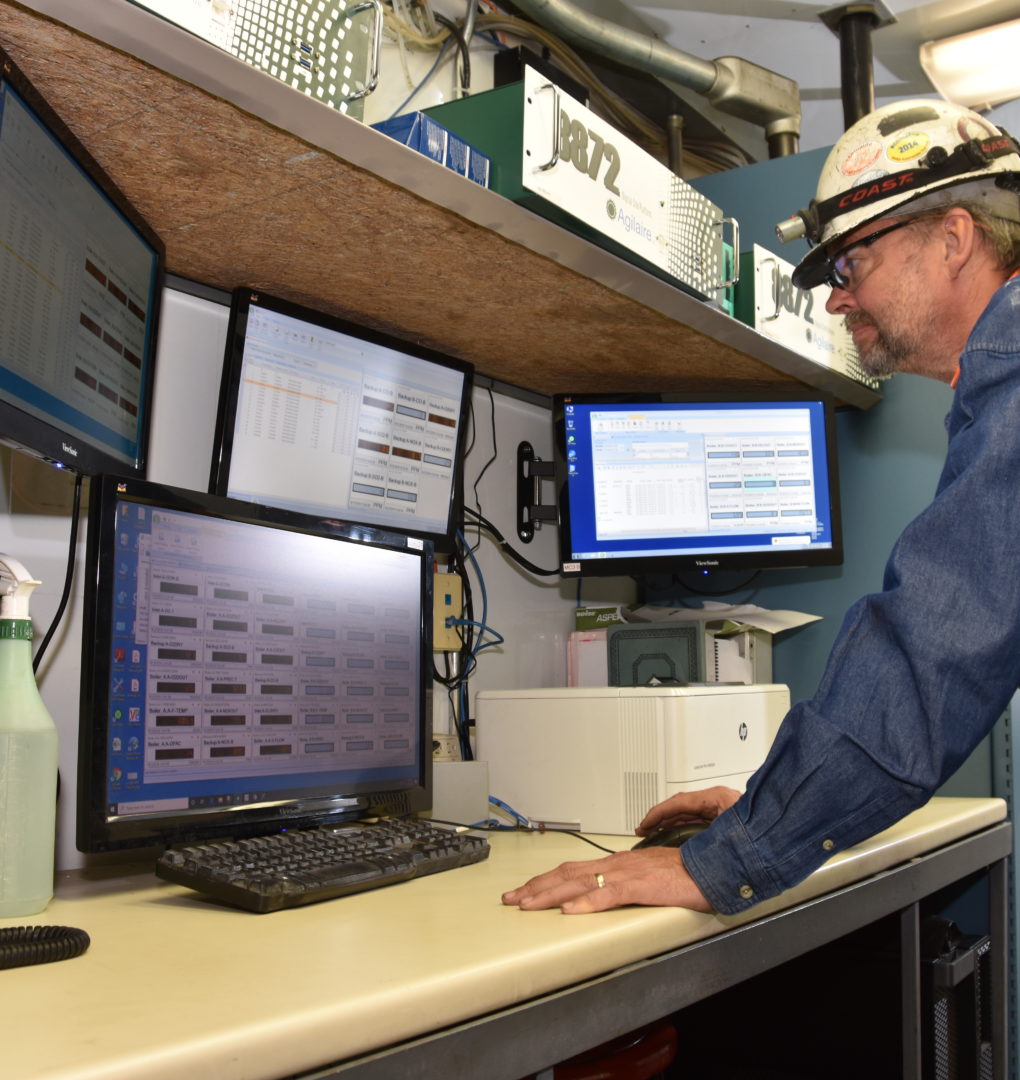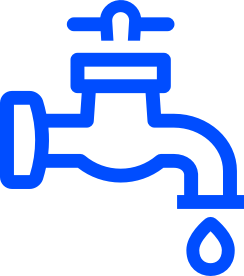ecomaine continuously monitors criteria pollutants, including: carbon monoxide (CO), nitrogen oxides (NOx), sulfur dioxide (SO2) and opacity. Each year, ecomaine also measures levels of hydrogen chloride (HCl), particulate matter (PM), ammonia (NH3), cadmium (Cd), lead (Pb), mercury (Hg) and dioxin/ furans as part of compliance stack testing. ecomaine maintains the following state-of-the-art air pollution control systems:
- Electrostatic precipitators (ESP) entail five ionized fields which in conjunction with a precipitator optimization system (POS) control the electric voltage necessary to eliminate 99.9% of pollutants from emissions.
- Powder activated carbon (PAC) injection system captures particles containing mercury and dioxin/furan which are removed from the flue gas by ecomaine’s electrostatic precipitators.
- Spray dryer absorbers (SDA) which include lime slurry scrubbers, efficiently neutralize acid flue gases such as sulfur dioxide and hydrogen chloride.
- Selective non-catalytic reduction (SNCR) system mitigates nitrogen oxide in the boiler chamber by reducing NOx to nitrogen, carbon dioxide and water.
Table 1: ecomaine Stack Test Results
Ash Characterization
The process of waste-to-energy combustion results in a combined ash comprised of bottom ash and fly ash. Bottom ash is inert with some glass and metal. Fly ash is the material removed from the flue gas by the ESP and conveyed to the mixer-conditioner for treatment before combining with the bottom ash. Most iron-bearing metal in the ash (ie: box spring, propane tank, etc) are removed by a ferrous magnet which is sold and recycled as scrap metal. The combined ash is transported for disposal at ecomaine’s secure ashfill located two miles from the waste-to-energy plant. The ash is rigorously tested to confirm it does not contain elevated amounts of heavy metals. ecomaine’s long-term statistical average concentration has never exceeded the applicable regulatory thresholds and, therefore, ecomaine’s combined ash is characterized as non-hazardous and permitted for disposal at its ashfill.



